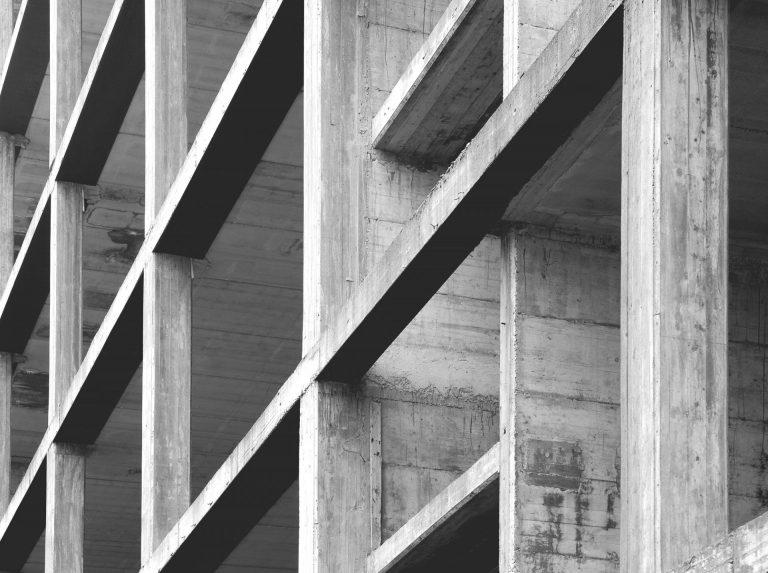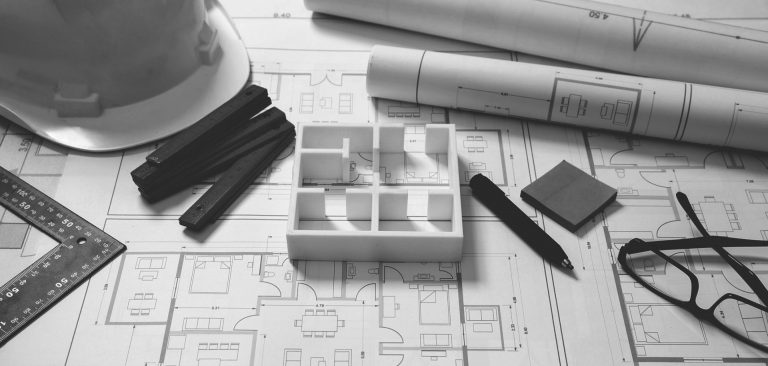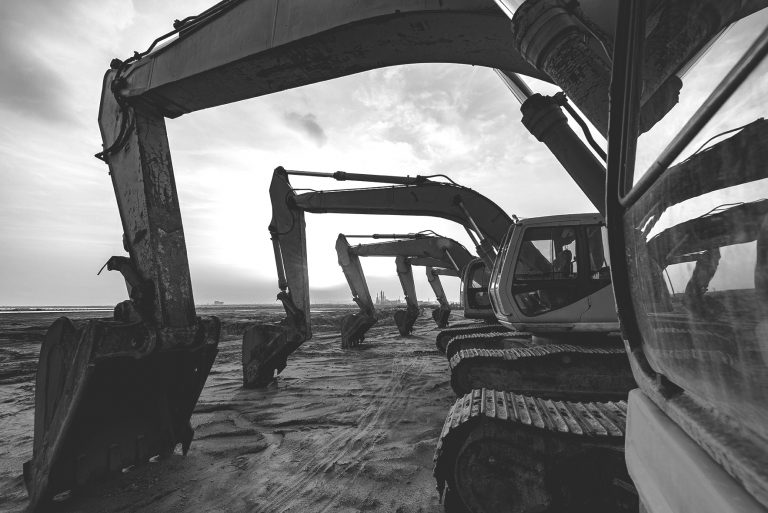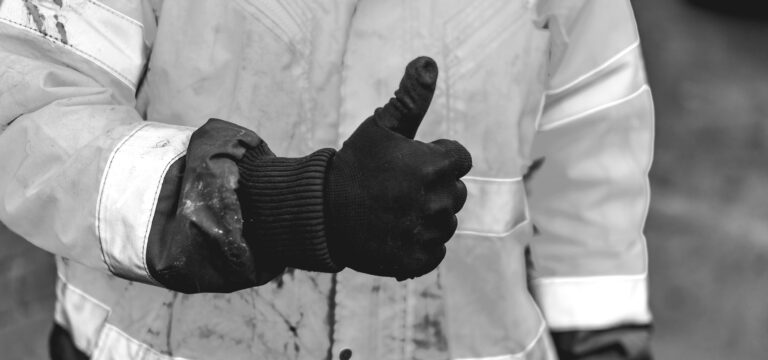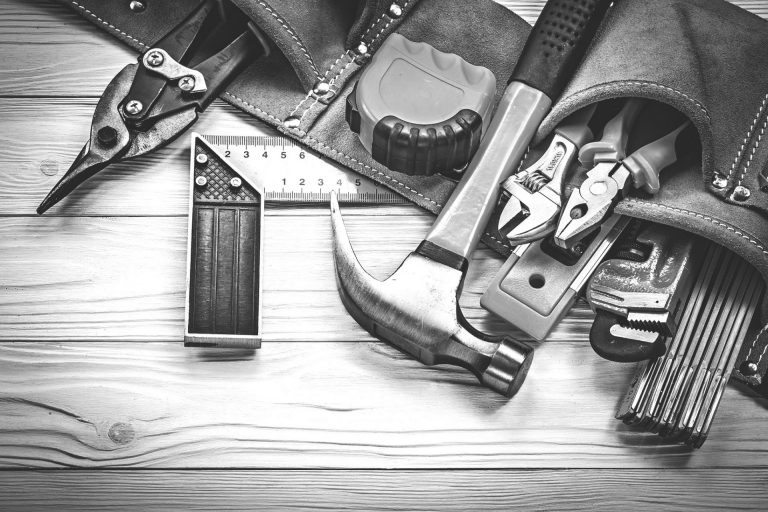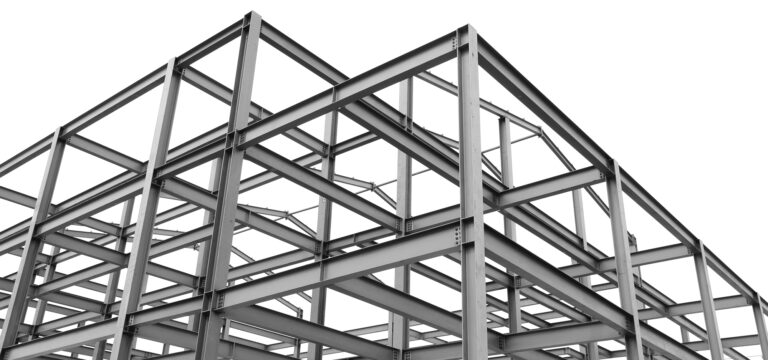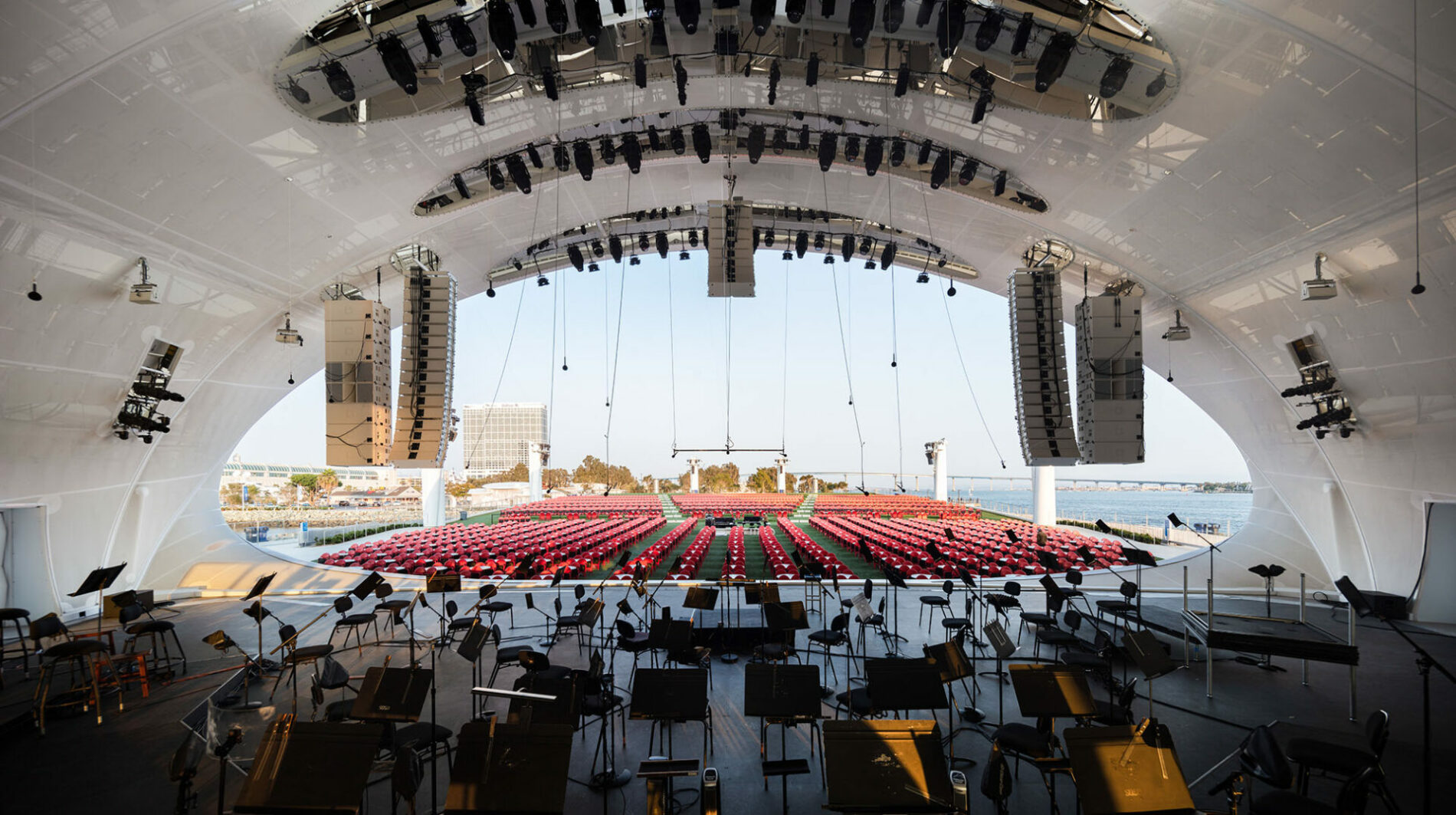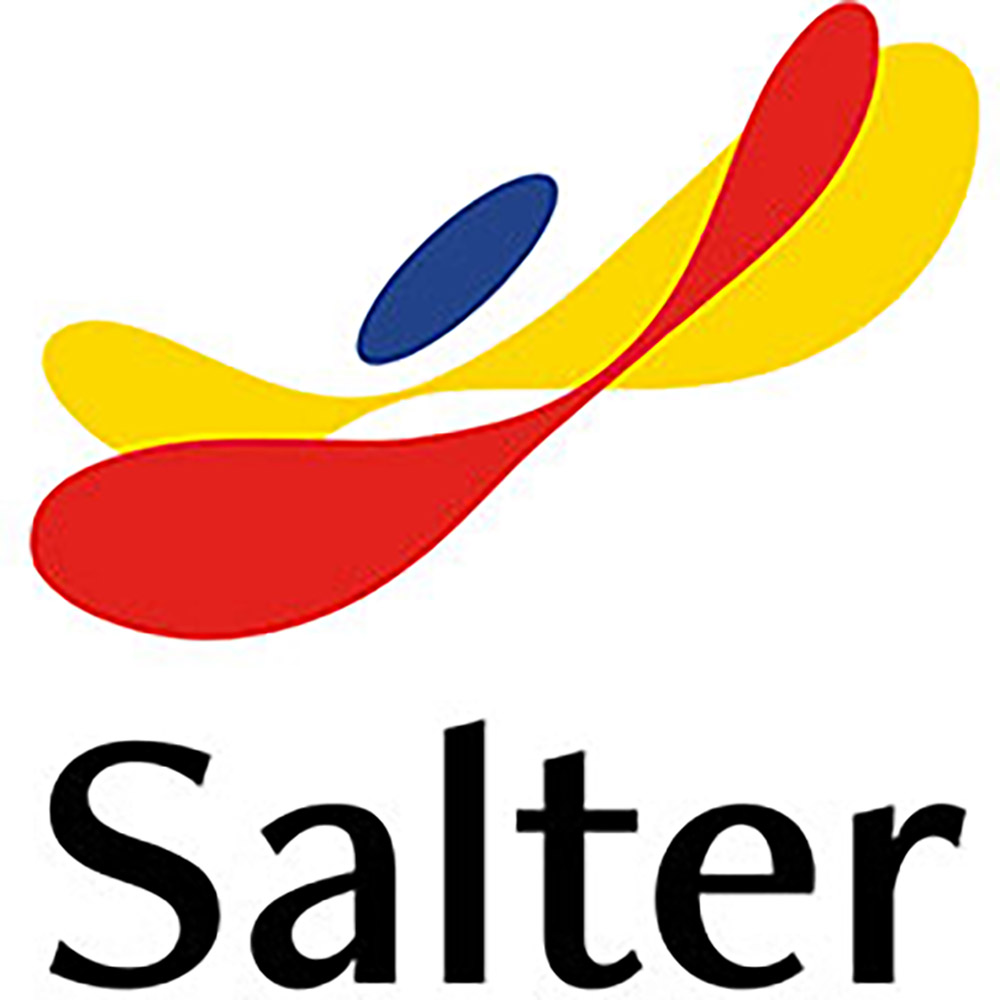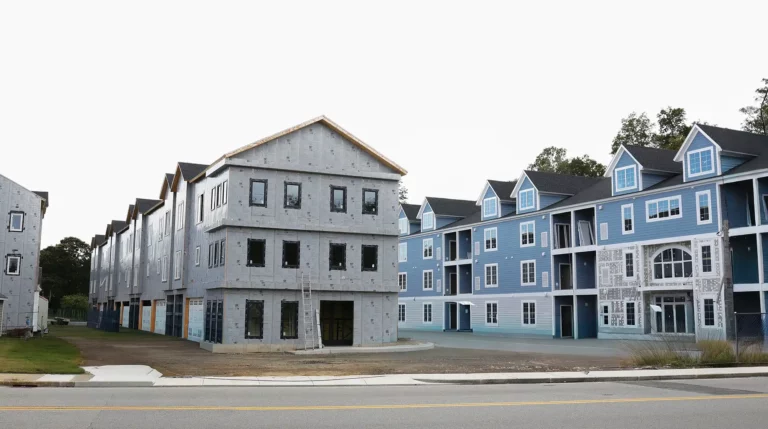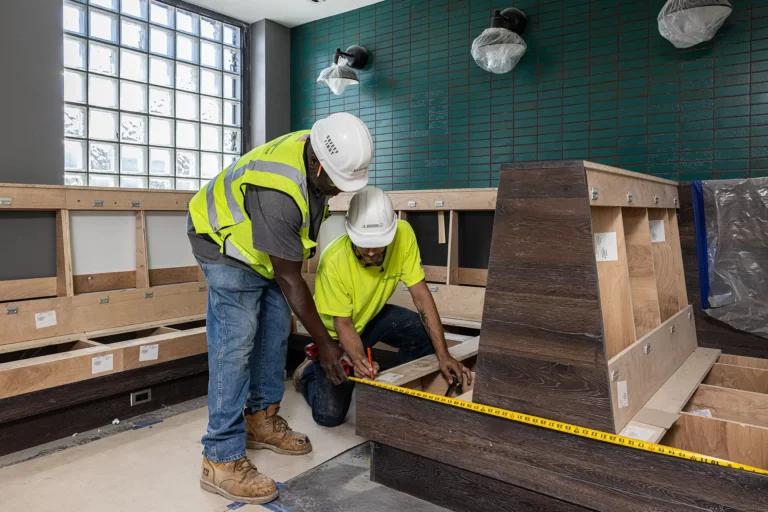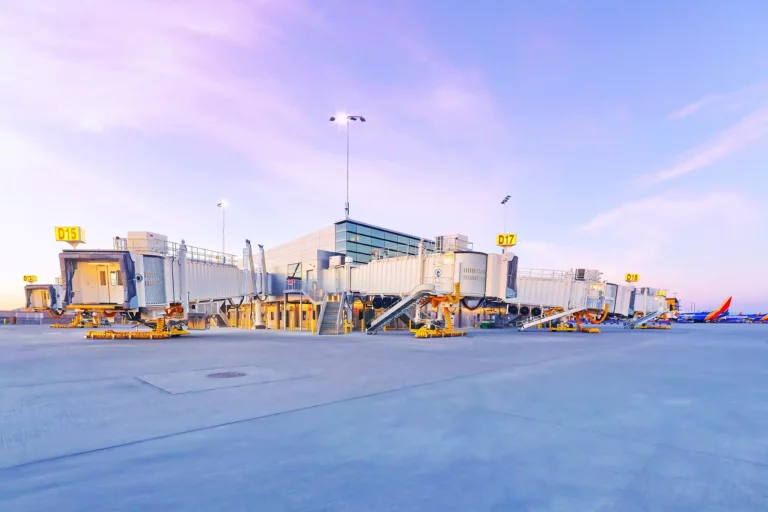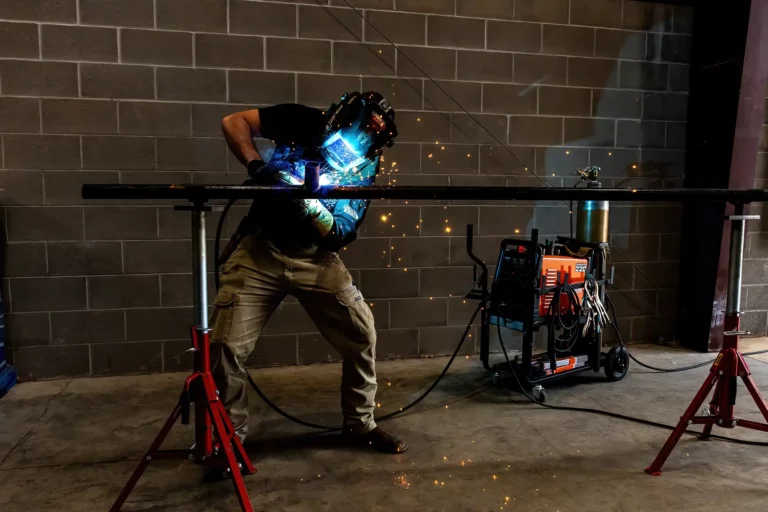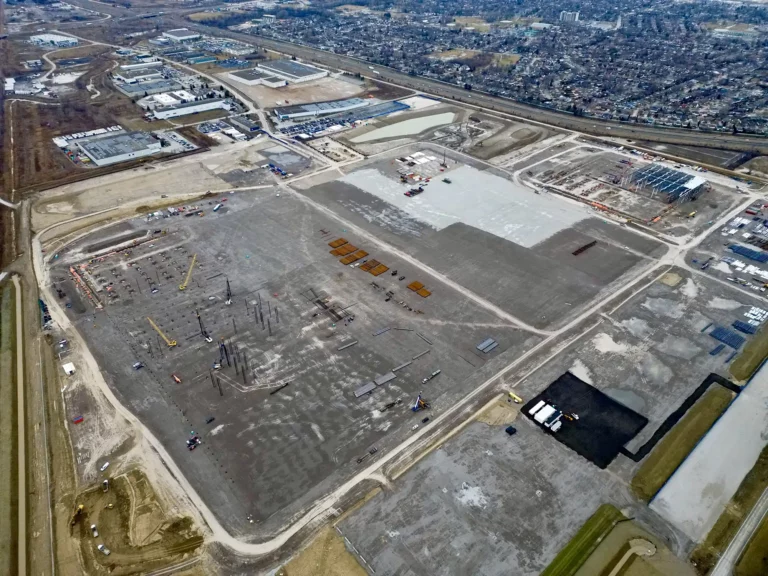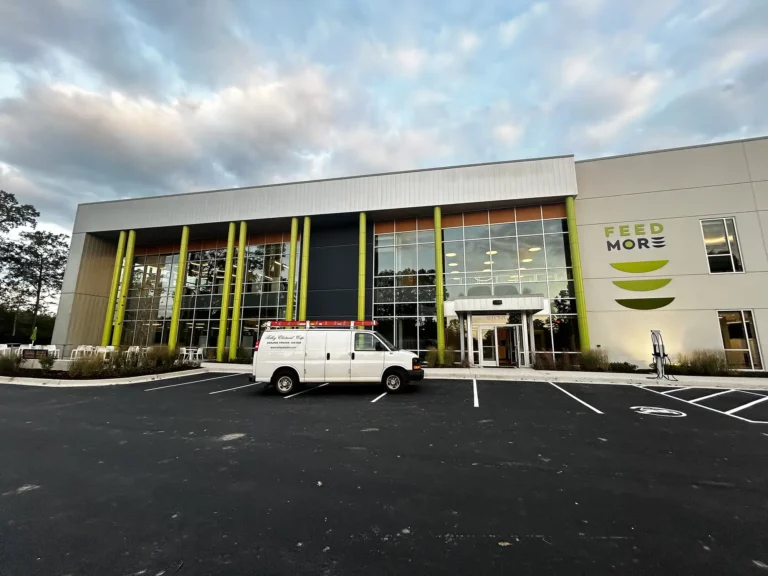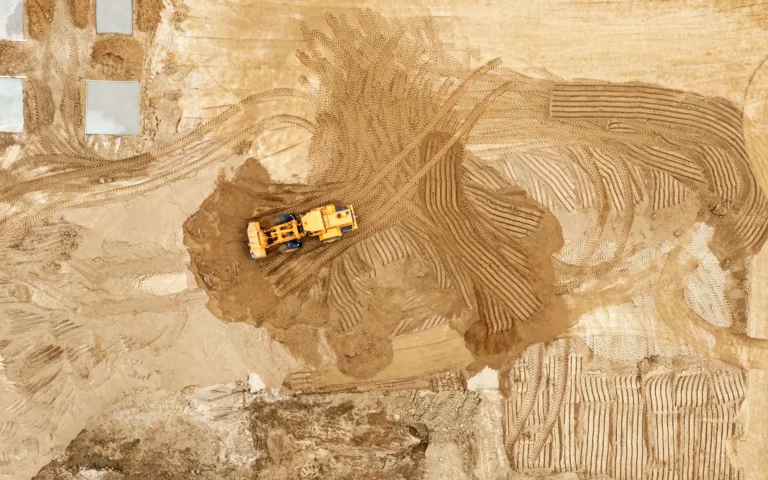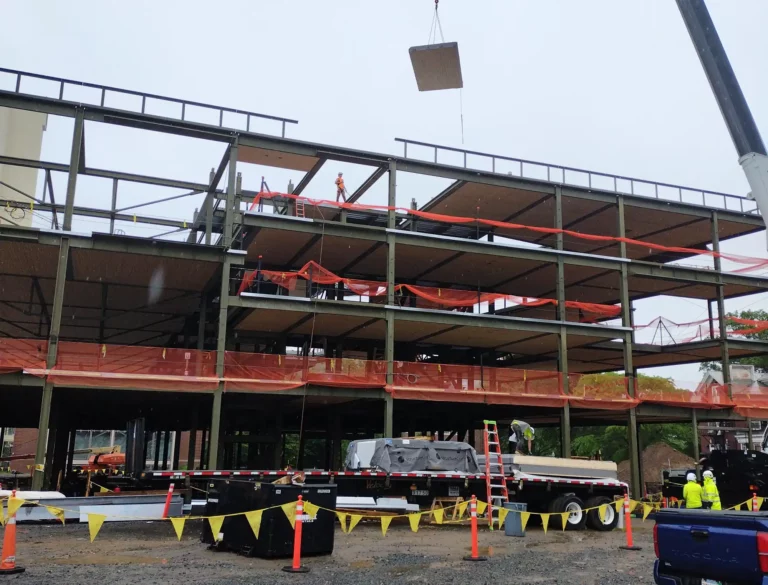Nearing 50 years of business success, Charles M. Salter Associates, Inc. (Salter) stands as a testament to adaptability, expertise, and responding to the needs of society. What started as a one-person venture has grown into a multidisciplinary firm renowned for its work in acoustical engineering, audiovisual services, security system design, and telecommunications technology. Charles Salter, Founder and President, reflects on the company’s journey and the values that have driven its growth.
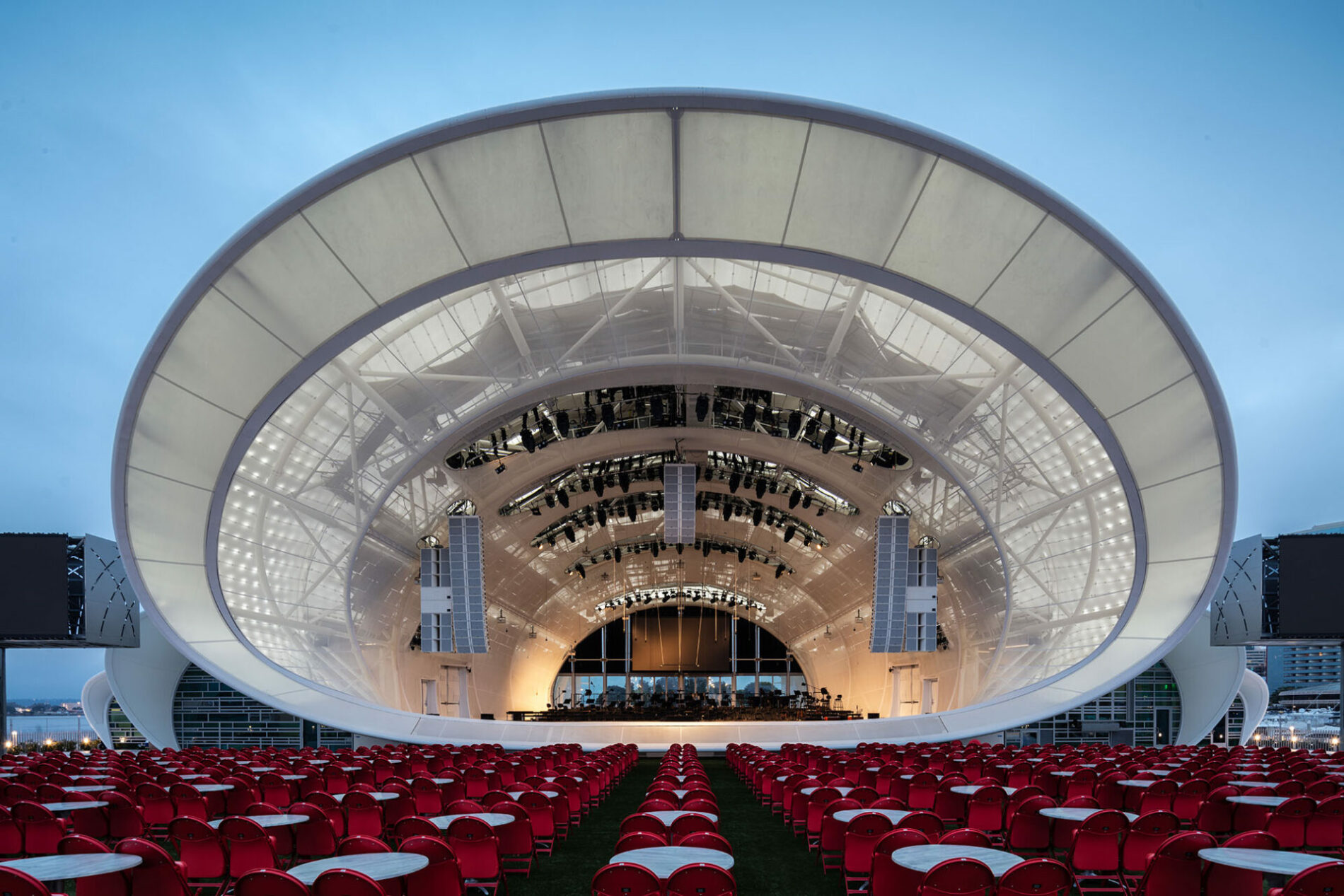
Charles Salter’s career began in acoustical engineering in 1968. After working for a San Francisco-based engineering company, he decided to branch out on his own in 1975, starting Salter. Reflecting on those early days, Salter says, “I looked around for another job, couldn’t find one that I liked, so I got the idea of going into business for myself. Up until that idea, I never thought about having my own company.”
Starting solo, Salter’s reputation for quality work began to attract opportunities. One such opportunity came from the State of Nevada, hiring him as an expert witness for a large legal case. Salter was still a one-person firm, but “just as I was hired, Tony Nash, a legend in the San Francisco Bay Area for his expertise with instrumentation and courtroom presentations, walked into my office looking for a job.”. Nash’s technical expertise complemented Salter’s business development skills, and the partnership helped lay the foundation for the firm’s growth. Today, Nash is still with the company, now serving as a Senior Vice President.
Salter’s growth has been organic. They don’t lock themselves into specific goals or five-year plans. This flexible approach, allowing the company to respond to market demands and opportunities, has been central to its evolution over the last five decades.
Starting with acoustical engineering, the firm quickly responded to client demands for broader services. “Clients wanted us to offer audio system engineering, and then telecommunications technology and security system design followed,” says Salter. This ability to expand based on client needs has allowed the firm to stay relevant in an ever-evolving industry. As technology changed, so did Salter’s offerings, with Wi-Fi and emergency responder radio system design becoming part of their core services.
Today, Salter offers a comprehensive suite of services that range from acoustical engineering to advanced low-voltage technology system designs. Their work spans across multiple industries, including multi-family housing, hospitality, healthcare, education, and entertainment, among others.
Over the years, the company has built an impressive portfolio, including some extraordinary projects. A defining moment in the company’s history was their work with Lucasfilm at Skywalker Ranch, one of the world’s top post-production facilities for film and television. And this was also a time when a fortuitous hiring helped the firm’s evolution and growth. David Schwind – who had deep experience with production and entertainment facilities – joined the firm. Schwind became Charlie’s partner, and retired several years ago after a long and distinguished career.
Regarding the Skywalker Ranch project, “we got that work not only because of our technical expertise,” recalls Salter, “but because we did work for Lucasfilm on other projects. They trusted us.” This trust extended beyond that project, and it led to a wave of studio and performance space work in southern California and beyond, including the Disney Concert Hall and TOHO Studios Post-Production facility in Tokyo.
While the firm has a broad range of technical experience and expertise, in the end they are problem solvers and try to make clients’ lives easier. The trust that they develop with clients and being part of the go-to “teams” is a large part of their business development plan. They don’t treat projects or clients as on-off opportunities, but rather the chance to develop long-term relationships that make the design process more efficient and less stressful.
Some other project highlights include:
The Rady Shell at Jacobs Park, San Diego, CA
The venue is a large-scale outdoor concert facility designed to serve as the permanent home for the San Diego Symphony. The project is a significant cultural landmark for San Diego and has elevated the city’s profile as a center for the arts while also providing a community space that remains open to the public outside of events. It has brought economic and cultural vibrancy to the downtown waterfront area and continues to attract renowned artists and music lovers alike.
The project faced several challenges, including addressing community noise concerns from the nearby City of Coronado, ensuring the technical systems were corrosion-resistant due to its waterfront location, and making continuous adjustments to designs based on fundraising results throughout the project’s lifecycle.
Foon Lok West, Oakland, CA
Foon Lok West is a six-story residential building consisting of 130 affordable family housing units. It is part of the Brooklyn Basin waterfront redevelopment in Oakland, revitalizing a key area of the city. The project includes not only housing but also important community spaces and services that enhance the quality of life for residents, such as a community room, lounges, a learning center, and a podium courtyard with seating and a playground.
A challenge for the Foon Lok West development was maintaining acoustic integrity despite the use of pre-manufactured sections of corridor wall framing, which could have compromised sound insulation. Salter provided post-construction testing to verify that the acoustical assemblies were performing as expected.
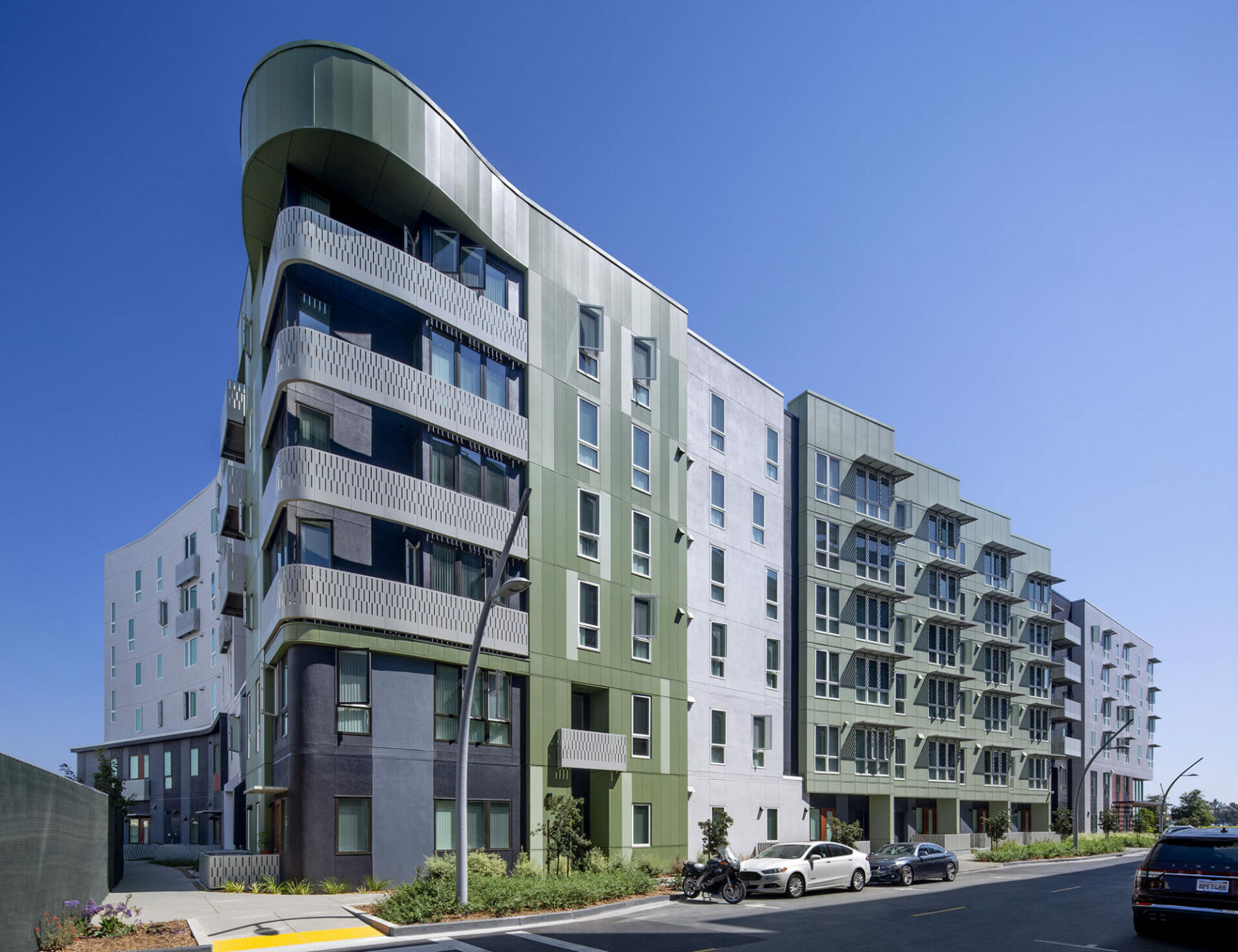
BART HQ Tenant Improvement (TI), Oakland, CA
The BART HQ TI included approximately 237,000 square feet of office space across ten floors. The building includes offices, conference rooms, collaboration areas, and a rooftop deck. It was a comprehensive modernization project focused on improving the functionality of the headquarters while integrating modern MEP systems, and media capabilities (e.g., editing and broadcasting for the public hearing room).
The project provides BART with a modernized headquarters that allows the transit authority to function more effectively, with improved facilities for public hearings and collaboration. The new headquarters enhances BART’s ability to serve the Bay Area’s public transit needs, which benefits the 100s of thousands of commuters who rely on the system daily. Additionally, the renovation revitalizes a key building in downtown Oakland, contributing to the city’s ongoing urban renewal efforts.
Despite project successes, the company has endured the ups and downs of business cycles, weathering several recessions and market changes. “I’ve been through five or six recessions,” says Salter. “At times, they stopped building hotels, and all of a sudden, our hotel projects stopped.” But, at the start of one downturn, the firm pivoted to the healthcare market and they were doing one hospital after another. The key, according to Salter, has been to stay adaptable and focus on solving client problems.
COVID-19 brought its own set of challenges, but construction continued. One of the projects they worked on during the pandemic was Kaiser Hospital’s headquarters in Oakland. “Construction went on despite COVID,” says Salter, noting that adhering to ever-changing safety regulations made things more complicated for contractors, but the work didn’t stop.
Now, at 81 years old, Salter has no intention of slowing down. “I’m not cutting back. I’m going to continue working full time,” he says, adding that he also teaches acoustics at the University of California’s Architecture Department, a role he has held for over 52 years. He also heads the firm’s six-person Leadership Group. The various members lead different facets of the company, such as hiring, office infrastructure and IT, and finance.
The company’s approach to business is focused on reducing stress and supporting employees, without the rigidity of corporate rules. “We have very few rules,” says Salter. “We focus on reducing stress and delivering high-quality work to help our clients in a timely manner.” This relaxed approach fosters an environment where employees can thrive, allowing for creativity and collaboration.
Salter believes the demand for their services will only increase as urban density rises. “As the world becomes denser, with more mixed-use projects where people are closer to one another, there will be a greater need for acoustical engineering,” he says. And as technology becomes a bigger part of our work and personal lives – particularly in the new hybrid work environment – the design of communication technology systems is becoming more important.
“As the world becomes denser, with more mixed-use projects where people are closer to one another, there will be a greater need for acoustical engineering.”
Ultimately, Salter’s philosophy is simple: “We just want to have a good time every day and solve problems.” After 50 years of success, it’s clear that this approach has served the company well.
With its flexible, opportunity-driven approach to business, Salter has become an industry leader in acoustical engineering and low-voltage technology design. As projects become more complicated, the need for expert solutions in sound and technology will continue to drive the company’s future—just as it has for the past five decades.
With offices in San Francisco, San Jose, Los Angeles, Honolulu, and Seattle, Salter’s reach spans across the United States and internationally. Reach out today to see how they can help you on your next project.


